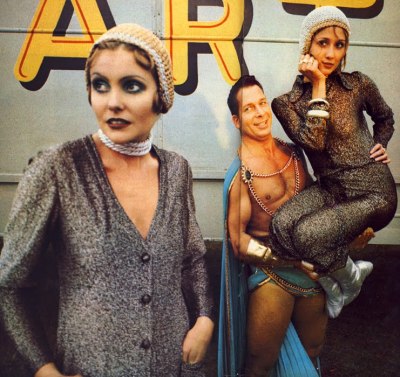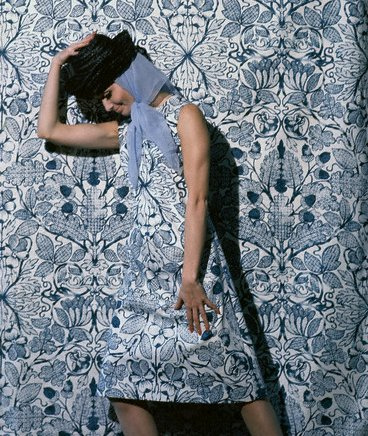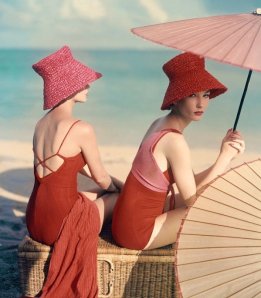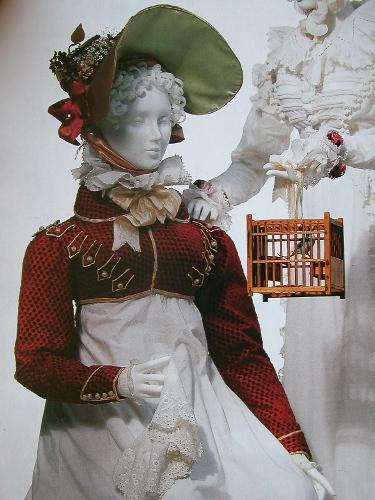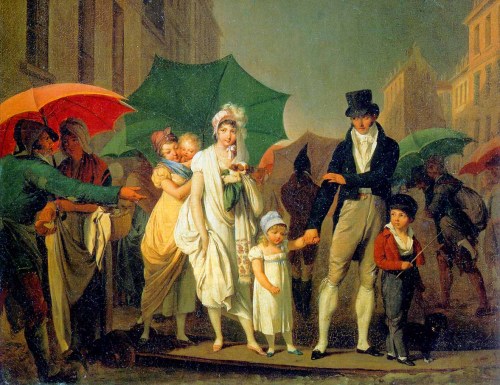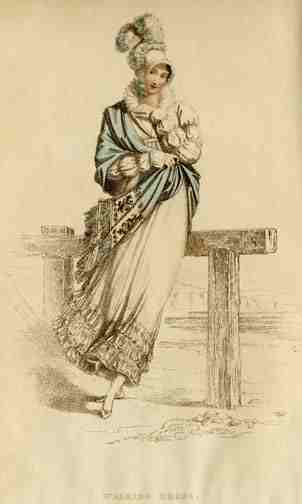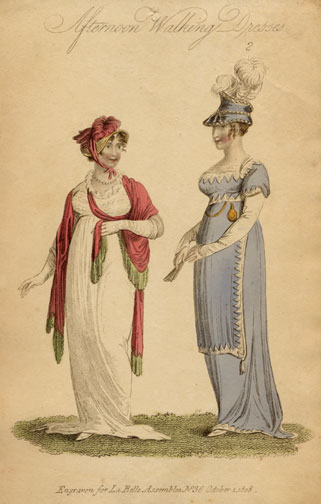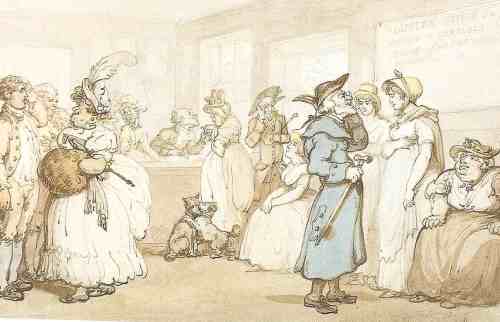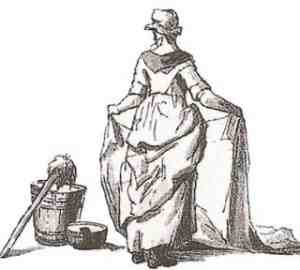I love a bit of Janice wainwright’s 70s designs, which are still affordable compared to, for example, Ossie Clarke but also use good quality fabrics.
Janice Wainwright was born in 1940, in Chesterfield, UK. She studied at the Wimbledon School of Art, the Kingston School of Art and the Royal College of Art in London.
From 1965 to 1968, she worked for the company Simon Massey, creating many lines under her own name. Then followed 6 year of freelance designing. She worked for some time with Sheridan Barnett.
In 1970 she started her own label, ‘Janice Wainwright at Forty Seven Poland Street,’ which continued until around 1974. Her Poland-Street-era work is what has become the signature Wainwright look — using wonderful jerseys, chiffons, and crepes for beautiful bias cut dresses, stylishly tailored suits, and glamorous top and skirt ensembles. At this point she also began to use embroidery extensively in her work, both in art deco inspired motifs and intricately designed birds and flowers.
From around 1974, her work began to bear the simpler ‘Janice Wainwright’ label, although sometimes the two labels turn up in the same ensemble, so they must have had a crossover period. Towards the mid 1970s, she continued developing her surface decoration techniques by using devore, satin ribbons, and simpler silver thread embroidery. In the late 1970s and throughout the 1980s she seemed to return to the simpler fabrics and shapes she favored in the 1960s, but continued creating beautifully flattering clothes.
Her trademark was the use of beautiful, sumptuous high-quality fabrics, most of which she sourced ( and often helped to design) from the best textile producers in Europe and the Far East. The company closed in 1990. She was also, according to Judith Watt’s Ossie Clark book, the only other designer permitted to use Celia Birtwell’s printed textiles in the 1960s. Ossie greatly respected Janice as a designer.
http://vintagefashionguild.org/label-resource/wainwright-janice/

- Janice Wainwright pictured with her models
![[janicefor+simonmassey1968retailedatsidneysmithboutique.jpg]](https://rescuemevintage.files.wordpress.com/2011/08/janicefor2bsimonmassey1968retailedatsidneysmithboutique.jpg?w=263&h=531)
1968 Rayon Dress, retailed at Sidney Smith Boutique (courtesy of V & A Museum and Museum of Costume, Bath )

http://sighswhispers.blogspot.com/2010/04/photos-of-day-twiggy-on-mermaid-trail.html

Guy Bourdin for Nova
Dress by Janice Wainwright. December 1972
